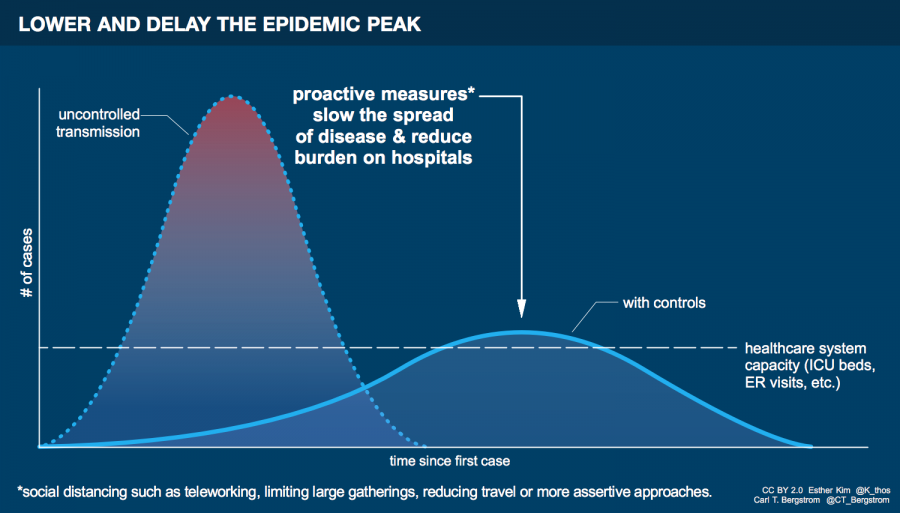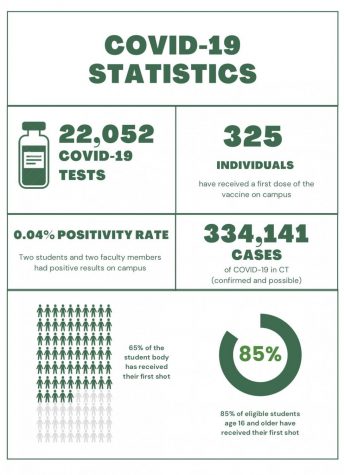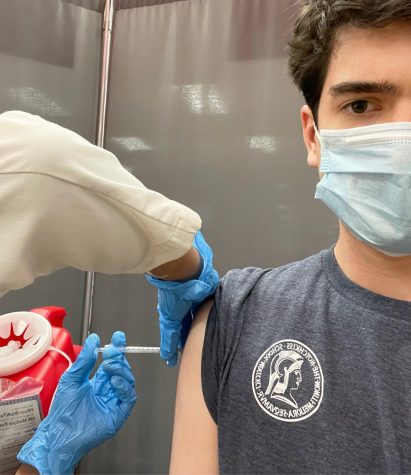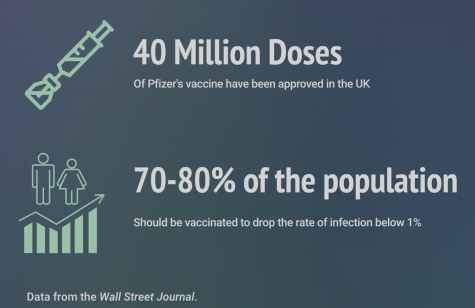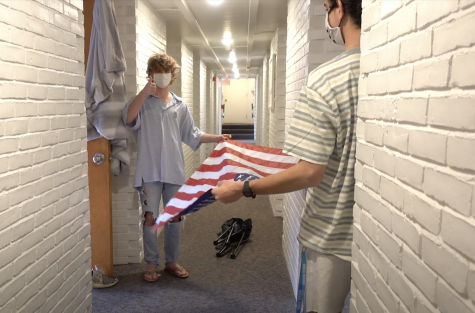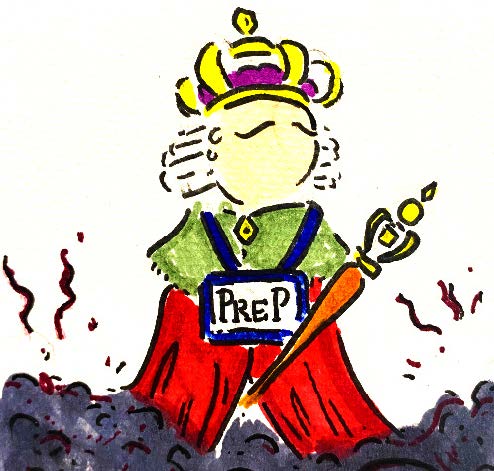U.S. Missed Opportunities to “Flatten the Curve”
On February 15, there were 15 COVID-19 cases in the United States. On March 10, there were 994. On April 27, the number of confirmed cases exceeded one million. Without doubt, the U.S. has failed to “flatten the curve” of coronavirus cases and deaths because it neglected to implement aggressive testing and contact tracing.
On January 11, the U.S. documented its first case, a 35-year-old man in Washington state. Almost 20 days later, President Trump implemented travel bans and state governors issued “stay at home” orders to American citizens, hoping to slow the spread of the virus. However, in recent weeks, the number of cases in the U.S. has soared exponentially. According to the Centers for Disease Control (CDC), the U.S. currently has over 1,150,000 confirmed cases and about 67,000 deaths, the highest out of any other country in the world. And these numbers solely cannot be taken as just statistics; rather these are people’s lives that are in jeopardy, and lives that could have been saved.
Unlike other countries and regions like Singapore, Hong Kong, South Korea, and China, who aggressively implemented comprehensive testing and quarantine systems, the U.S. government initially downplayed the virus. From January 30 to March 26, President Trump pushed a message of confidence, saying, “We think we have it very well under control,” “I mean [we] view this the same as the flu,” and “I don’t believe [New York will] need 40,000 or 30,000 ventilators.” It was not until March 1 that he declared a national state of emergency.
Trump’s words not only made American citizens ignore the severity of the virus but also misled them about how well the U.S. was keeping the virus under control. While other countries were rapidly testing its citizens in drive-through facilities and hospitals, the U.S. rarely tested its citizens, which in my opinion, led citizens to falsely believe the situation was well under control. On March 4, almost two months after the first case, the U.S. only conducted 969 tests, whereas South Korea had been testing approximately 10,000 people a day from late February.
Yet the U.S. federal government continued to downplay the severity of the situation, with Trump claiming that “parts of [the] country [were] very lightly affected.” Therefore, many citizens did not take serious efforts to contain COVID-19, failing to wear face masks in public and often neglecting social distancing guidelines, which led to a higher increase in cases. In states like Pennsylvania and Ohio, anti-quarantine protestors opposed “stay at home” precautions. Trump continued to proclaim, “We pretty much shut [the virus] down.”
The U.S. government should not have taken the coronavirus lightly; instead, officials should have immediately implemented widespread testing and quarantines to further prevent its spread. Greater transparency in revealing the severity of the pandemic would also have led citizens to take it seriously and comply with social distancing efforts. With these measures, the U.S. could have successfully flattened the curve of the infection rate.
Moving forward, I believe the U.S. needs to be more prepared to handle future pandemics not only by partnering with countries who have been successful in containing the virus but also by revealing the truth of the situation transparently to its citizens. In this way, the government and the citizens will be able to work hand-in-hand to ensure the safety of everybody and avoid many deaths. But now that the number of COVID-19 cases in the U.S. exceed one million, the U.S. government desperately needs to find a way to test, quarantine, and help the infected to recover – something many countries have done already.
On February 27, Trump confidently said, “[The coronavirus]’s going to disappear one day… like a miracle.” However, the number of confirmed cases right now suggests that the virus will not disappear one day like “a miracle.”

